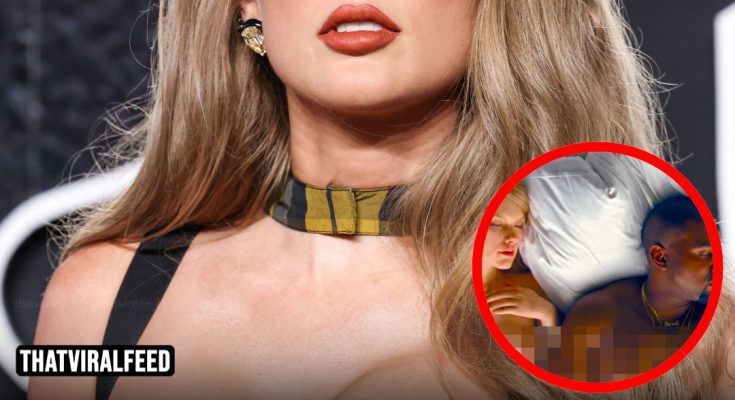Billboard’s video included a wax figure of a nude Taylor Swift, a detail that many viewed as disrespectful and inappropriate. This particular clip revisited one of the most heated moments of Swift’s public feud with Kanye West.
Fans were quick to voice their outrage over the inclusion of this imagery, calling it a misstep that undermined the intent of celebrating Swift’s remarkable career.
The video, intended to honor Swift’s legacy, was overshadowed by the uproar over the clip. Fans labeled the move as insensitive and questioned the editorial decisions behind it.
Critics also pointed out how the clip seemed to minimize the dignity of the tribute, reducing a career full of accomplishments to a moment of public controversy.

Fans argued passionately that Swift’s unparalleled cultural impact and commercial success deserved the top spot. The backlash extended to Billboard’s credibility and sparked heated debates online.
Swift’s fanbase, known for their loyalty, rallied around her, questioning the criteria used in Billboard’s rankings and condemning the use of the clip.
This incident reignited discussions about Swift’s characterization of West’s ‘Famous’ video. In a 2019 Tumblr post, she referred to it as “revenge porn,” making her feelings about the clip abundantly clear.
The longstanding feud between Swift and West has remained a focal point in pop culture, with this incident adding yet another chapter to the narrative.

While the two appeared to mend fences in later years, the release of ‘Famous’ in 2016 reopened old wounds. West claimed that Swift had approved the video’s content, a claim she denied.
Swift and West’s conflict escalated when Kim Kardashian released a recording of a phone call, which she claimed proved West’s account, further complicating Swift’s public image at the time.
The experience of being publicly vilified has remained a point of reflection for Swift, shaping her approach to her career and interactions with the media.
Her candid remarks about the challenges of public life resonated with fans, adding depth to her ongoing journey as one of the world’s most prominent artists.
Legal experts have speculated that Swift might have grounds to sue over the ‘Famous’ video, citing laws related to copyright infringement, defamation, or publicity rights. However, the video used wax figures, not actual footage of Swift.
Despite being artificial representations, the wax figures were perceived as violating privacy, sparking heated debates about artistic boundaries and respect.

Swift’s anger over the video was clear at the time of its release, with sources close to her calling it degrading. This latest incident has only reignited the conversation.
Fans and advocates argue that such portrayals undermine respect for artists, fueling discussions about the ethics of using a person’s likeness without explicit consent.
They continued: “We have removed the clip from our video and sincerely regret the harm we caused with this error.”
The apology aimed to address the criticism and reaffirm their respect for Swift’s contributions to music and culture.

